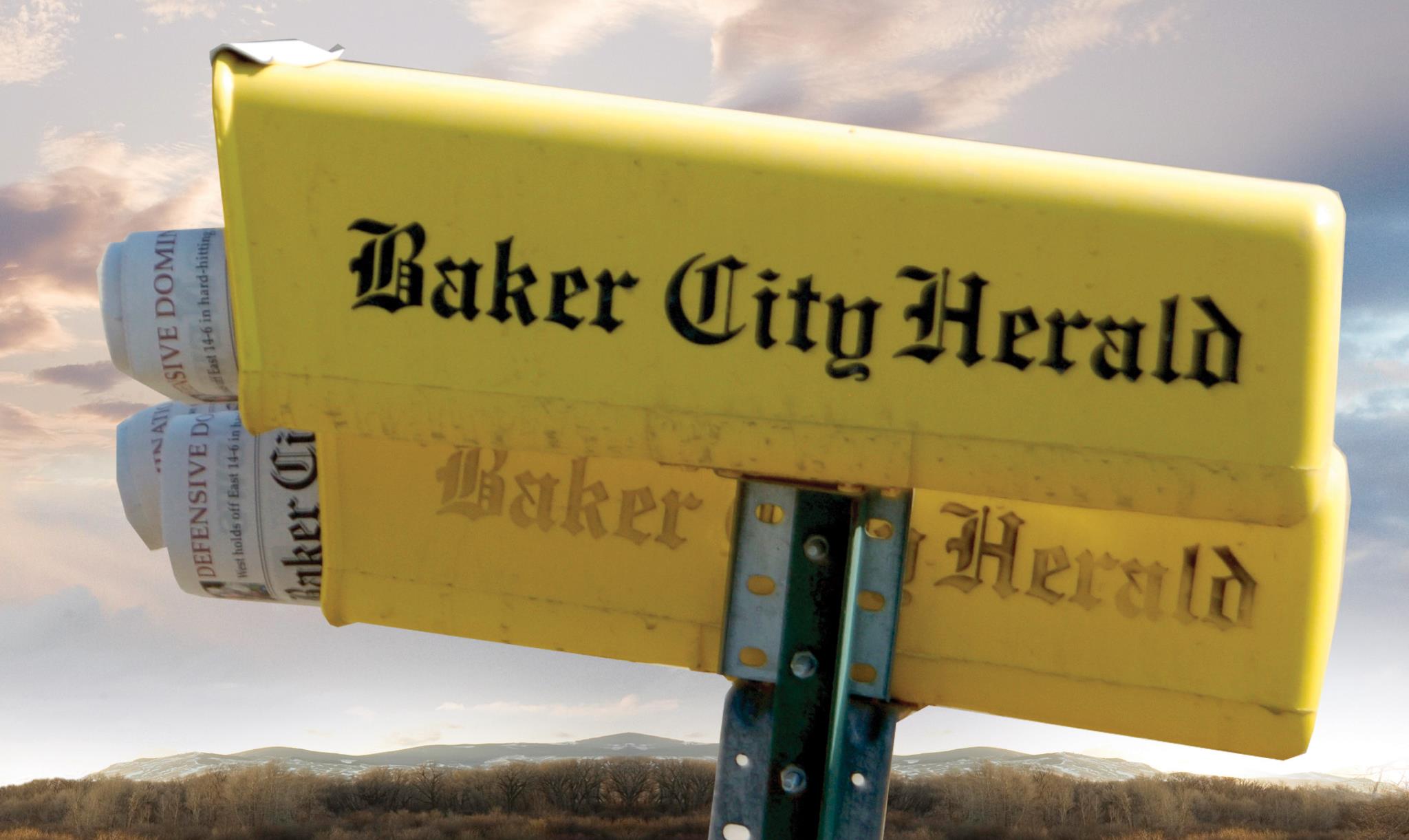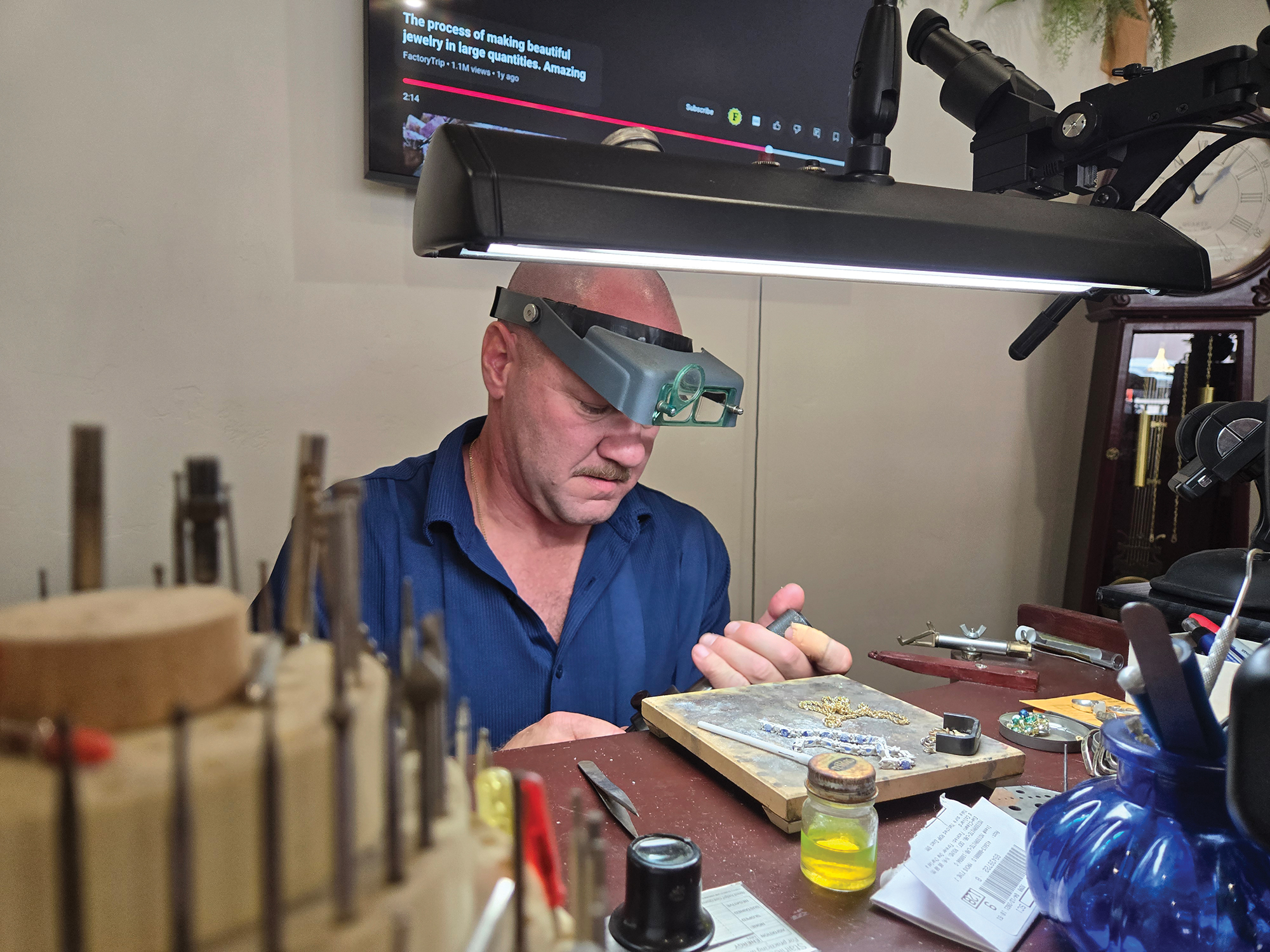Salt pros outweigh the cons
Published 6:30 am Thursday, August 3, 2017
Salt is pretty plain, as compounds go, but its reputation is much more grandiose.
Depending on your perspective, salt is either:
• the nearly miraculous solution to the slippery conditions that vex travelers on Interstate 84 through Eastern Oregon each winter; or
• the corrosive scourge that will turn our vehicles’ steel frames into Swiss cheese
We don’t think salt is either hero or villain.
We think it’s merely a tool, and one that the Oregon Department of Transportation is wise to add to its arsenal for this coming winter on the roughly 200-mile stretch of Interstate 84 between Boardman and Ontario.
We agree with ODOT’s decision to start spreading salt because the stuff works. It melts snow and ice. Used appropriately, salt can significantly increase traction on the freeway, and thus reduce the risk of crashes.
Which is not to say salt is a panacea for the chaos that often reigns on the freeway during snowstorms.
Driver error typically is either the sole cause of, or a major contributing factor to, wrecks on I-84.
But we see the use of salt as a sort of passive safety device. It can’t prevent a heedless driver from going too fast around a corner, of course. But by turning a snowy or icy lane into a wet one, salt can confer benefits on all travelers, and that’s all but certain to prevent accidents.
However, salt, as we suggested above with our comparison of exaggerations, is not a perfect solution to our wintry challenges.
Salt accelerates the erosion of metal. And although advances in automotive technology mean today’s cars are less susceptible to salt’s corrosive effects than models built decades ago, the chemical processes that happen when salty liquid sticks on metal can be mitigated but not eliminated.
We’re pleased that ODOT officials intend to spread salt at a much lower rate than is typically used in the Midwest and the East, regions infamous for dumping piles of salt and for used cars with see-through floorpans.
Car owners can protect their vehicles by washing them more frequently during the winter. Experts recommend going through a brushless car wash that has an undercarriage spray option. These can be more efficient than a handheld power sprayer, which will wash away some salt but can also have the opposite of the intended effect by forcing the salt even deeper into crevices.
Consider, too, that although road salt, if not regularly removed, can damage your car and reduce its value over many years, a single chunk of rock, which highway crews also spread on the freeway, can in less than a second saddle you with a bill for a new windshield.
Ideally, the addition of salt to the freeway maintenance strategy will reduce the amount of rock that ODOT trucks scatter across the interstate.
From the Baker City Herald editorial board. The board consists of publisher Kari Borgen, editor Jayson Jacoby and reporter Chris Collins.









